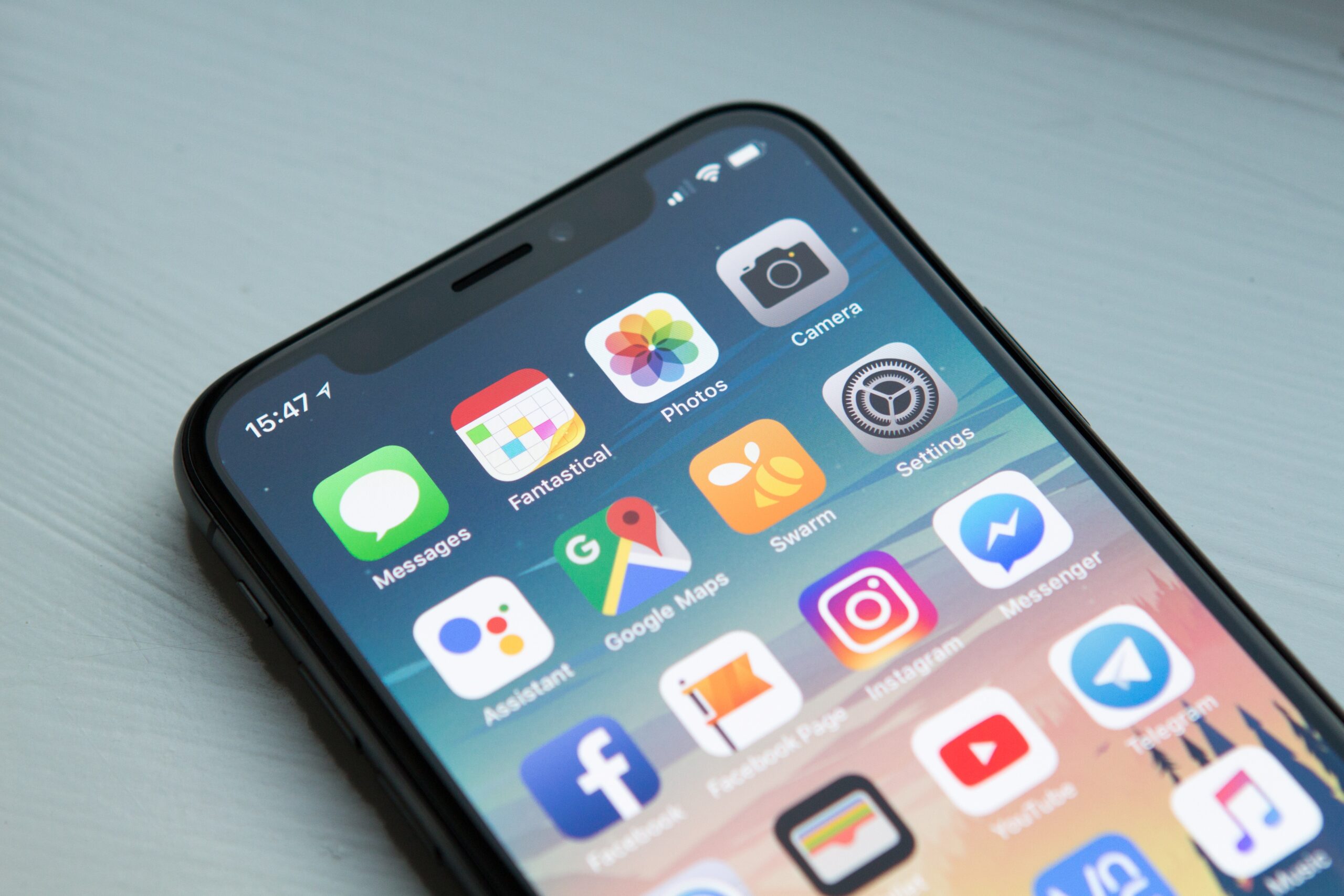In an increasingly digital world, accessibility is no longer a nicety; it’s a necessity. With over 3.8 billion smartphone users globally, ensuring mobile accessibility is a critical aspect of creating an inclusive online experience. Mobile accessibility testing is a crucial step in achieving this goal. This process involves evaluating mobile applications and websites to ensure they are usable by people with disabilities, including those with visual, auditory, motor, and cognitive impairments. Here, we explore the myriad benefits of mobile accessibility testing and why it should be an integral part of any development process.
1. Expanding Reach and Audience Engagement
Accessibility testing ensures that your mobile application or website can be used by the widest possible audience. By catering to individuals with disabilities, you unlock a vast potential user base. This not only reflects a commitment to inclusivity but also makes good business sense.
2. Compliance with Legal and Regulatory Requirements
Many countries have implemented accessibility standards and laws, such as the Americans with Disabilities Act (ADA) in the United States and the Web Content Accessibility Guidelines (WCAG) worldwide. Mobile accessibility testing helps you meet these legal requirements, reducing the risk of lawsuits and potential legal complications.
3. Enhancing User Experience for All
Designing with accessibility in mind often leads to a more user-friendly experience for everyone. Simple, intuitive navigation and clear, concise content benefit all users, not just those with disabilities. When you prioritize accessibility, you create a better experience for everyone.
4. Boosting SEO and Search Rankings
Search engines like Google have been placing increasing importance on accessibility and user experience in their ranking algorithms. Websites and applications that are accessible tend to rank higher in search results. By conducting mobile accessibility testing, you’re not only improving the experience for users but also enhancing your visibility on the web.
5. Fostering Brand Trust and Reputation
A commitment to accessibility demonstrates a company’s dedication to inclusivity and equal access. This can significantly enhance your brand’s reputation and build trust with both current and potential customers. It sends a powerful message that your organization cares about all its users.

6. Future-Proofing Your Development
By incorporating accessibility testing from the outset of your development process, you future-proof your products. As technology evolves, so do the ways in which people interact with it. Ensuring your applications and websites are accessible now means you’ll be better equipped to adapt to future technological advances.
7. Avoiding Costly Retrofits and Revisions
Fixing accessibility issues after a product has been launched can be time-consuming and costly. By identifying and addressing accessibility concerns early in the development process, you save resources in the long run. It’s far more efficient and cost-effective to build accessibility into the foundation of your project.
8. Staying Ahead of the Competition
In today’s competitive landscape, user experience can be a key differentiator. Accessible design sets you apart from competitors who may not prioritize inclusivity. By offering a seamless experience for all users, you establish yourself as a leader in user-centered design and development.
9. Gaining Valuable User Insights
Engaging users with disabilities in the testing process provides valuable feedback and insights. These users have unique perspectives and can uncover issues that might otherwise go unnoticed. Their input can be invaluable in refining and improving the overall user experience.
10. Supporting Corporate Social Responsibility (CSR) Goals
Prioritizing accessibility aligns with broader corporate social responsibility initiatives. It demonstrates a commitment to ethical business practices and social inclusivity. This resonates with consumers who increasingly value companies that take a stand on important issues.
In conclusion, mobile accessibility testing is not just a technical necessity; it’s a strategic imperative. It brings numerous benefits, from expanding your audience reach to enhancing user experience, boosting SEO, and safeguarding against legal complications. By integrating accessibility testing into your development process, you’re not only creating more inclusive products but also future-proofing your offerings and bolstering your brand’s reputation. In today’s digital landscape, accessibility is not an option; it’s an essential element of building a better, more inclusive online world.
We Offer Web & Mobile Accessibility Testing
We at ‘Accessible Zone‘ provide web, mobile and software accessibility testing services. We perform testing manually using screen reader such as JAWS, NVDA & Voiceovers. We also provide VPAT and ACR reports. If you want to use our services do contact us as at contact@accessiblezone.com or you can also schedule a free call with us from here.



